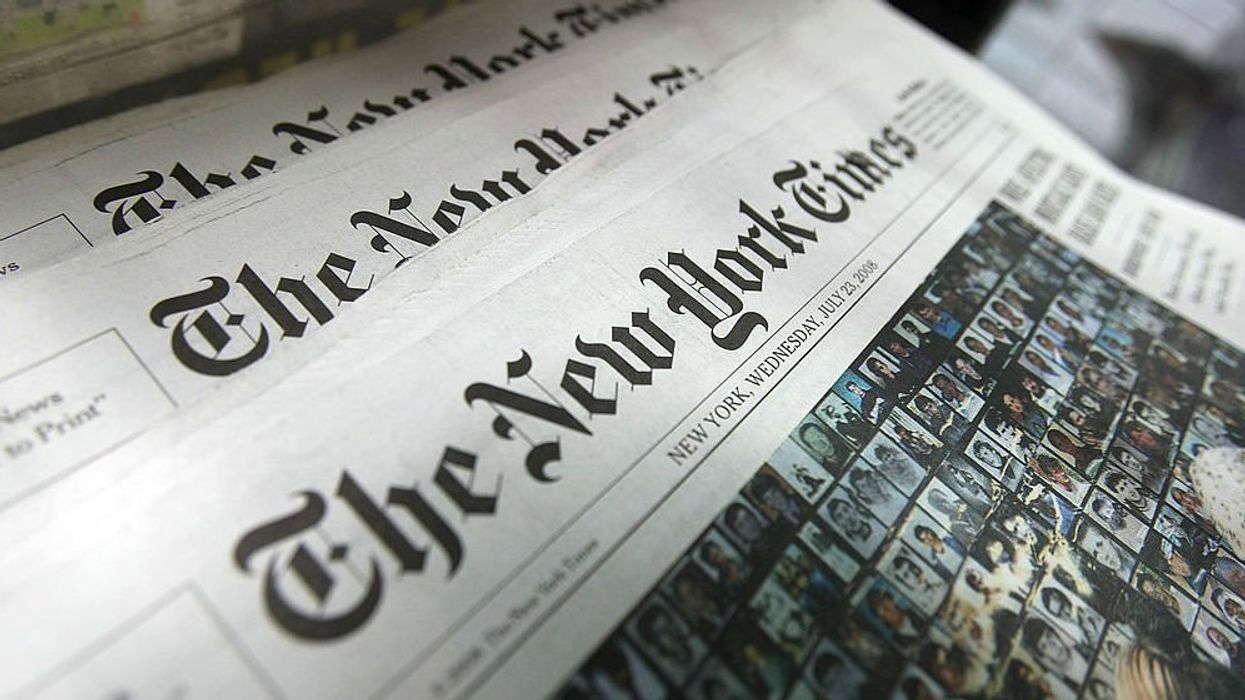
Mario Tama/Getty Images

The New York Times is admitting to the extensive, long-term damage of COVID-19 pandemic lockdowns on schoolchildren and their learning.
Four years after politicians shut down schools, the New York Times published a new analysis on Monday admitting there is "broad acknowledgment among many public health and education experts" that school closures significantly harmed children despite not stopping the spread of COVID-19.
Relying on the most recent data about pandemic learning loss, the Times drew several conclusions about why school closures were bad policy.
First, the Times found that students who were kept out of school longer — relegated to remote or hybrid "learning" — fell behind further academically than students who returned to the classroom earlier. Those academic losses have been near-impossible to overcome.
From the Times:
The most recent test scores, from spring 2023, show that students, overall, are not caught up from their pandemic losses, with larger gaps remaining among students that lost the most ground to begin with. Students in districts that were remote or hybrid the longest — at least 90 percent of the 2020-21 school year — still had almost double the ground to make up compared with students in districts that allowed students back for most of the year.
Second, the so-called "newspaper of record" found that students in lower socio-economic situations experienced steeper learning losses than students from more affluent backgrounds.
"That is notable because poor districts were also more likely to stay remote for longer," the Times reported, explaining that the country's largest poor school districts are located in Democrat-controlled cities that used heavy-handed approaches to the pandemic.
Third, the Times found that short-term school closures did not exempt students from learning loss — and other significant problems.
"Many schools are seeing more anxiety and behavioral outbursts among students. And chronic absenteeism from school has surged across demographic groups," the Times reported. "These are signs, experts say, that even short-term closures, and the pandemic more broadly, had lasting effects on the culture of education."
The kicker is that politicians subjected students to these harms despite a clear lack of evidence proving that school closures slowed the spread of COVID-19.
Unfortunately, the Times only danced around the correct retrospective conclusion about school lockdowns.
"Some schools, often in Republican-led states and rural areas, reopened by fall 2020. Others, typically in large cities and states led by Democrats, would not fully reopen for another year," the newspaper stated.
Given the data presented in the article, what that really means is: Republican-controlled states generally handled the pandemic correctly by limiting closures, while Democrat-controlled states — influenced by the "experts," teachers unions, and corporate media — dropped the ball.
Like Blaze News? Bypass the censors, sign up for our newsletters, and get stories like this direct to your inbox. Sign up here!